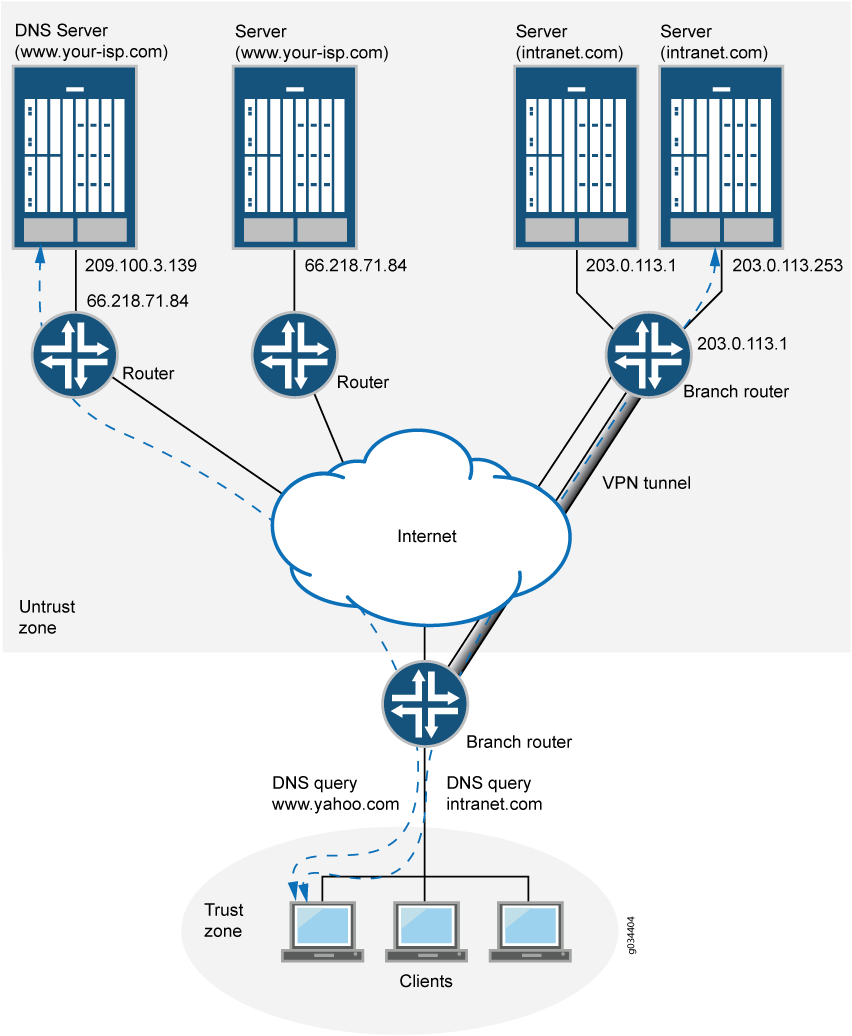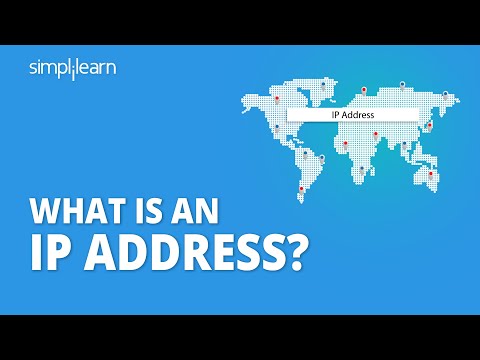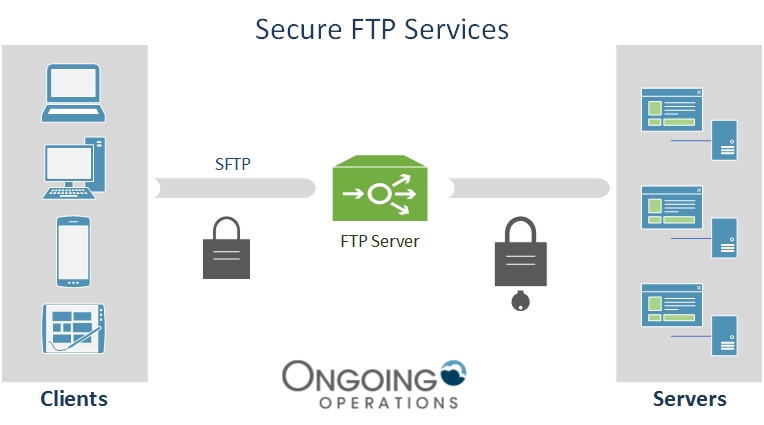
The term ‘webpage’ is commonly used to describe any Internet-based page. It is used interchangeably with "website", but this can be confusing for those who are not familiar with their differences.
The main difference between a web page and a site is the amount of information covered. A webpage focuses on a particular subject or topic while a website covers a wide variety of topics and can include links to other pages within the site.
Webpages usually consist of text or other forms of media, such as images and video. These pages are displayed using special software called web browsers on computer screens or mobile devices.

A web-page is a World Wide Web document that can be identified using a unique uniform Resource Locator (URL). A web page can contain data in HTML, XHTML or other formats.
When a visitor or user requests a website, the web browser sends a HTTP request to the server in order to retrieve and display the data on the machine. HyperText Markup language (HTML), a programming language, is used by the web browser to describe the content on the requested page. It also includes links to other web resources via a system called hyperlinks.
When the web browser receives the data, it interprets it and displays a graphical image of the webpage on your machine. The graphical image can be changed and modified by the user.
A web-page can also contain hyperlinks to other webpages on the same website. It may also include multimedia content, like audio or video. It can be accessed via a web browser or an application software known as a Web application program interface (API).

The difference between web pages and web sites
A web site can be a grouping of related web sites that are linked to each under one domain, like Facebook or Amazon. A website can contain many different types of information, including ecommerce and talent profiles.
Websites are more complex than web-pages and take longer to develop. They usually include features allowing users to log-in, interact with one another and collect data.
A web page can be accessed using any Web browser on a computer or mobile phone. The data on a web page is written in a language called HyperText Markup Language (HTML) and may include images, animations, style sheets, scripts or other types of content.
FAQ
How much does it cost to create an ecommerce site?
This depends on your platform and whether you hire a freelancer or go through a service provider. The average eCommerce site starts at $1,000.
Once you have chosen a platform, expect to pay between $500 and $10,000.
Templates are usually not more expensive than $5,000, unless you have a specific purpose. This includes any customizations that you might need to suit your brand.
How do I choose the right domain name?
It is crucial to choose a great domain name. If your domain name is not great, people won't be able to find you easily when they search the internet for your product.
Domain names should not be too long, difficult to remember, specific to your brand, or unique. Ideally, you want something that people would type into their browser.
These are some suggestions for choosing a domain.
* Use keywords related your niche.
* Do not use (-), symbols or hyphens.
* Don't use.net or.org domains.
* Do not use words you already know.
* Avoid using generic terms like "domain"/website.
* Check it's always available.
WordPress is a CMS.
Yes. It is a Content Management System (CMS). Instead of using Dreamweaver or Frontpage, a CMS lets you manage your website content directly from your web browser.
WordPress is free! Hosting, which is usually provided by your ISP, is free.
WordPress was initially designed as a blogging platform but now offers many different options, including eCommerce sites, forums, membership websites, portfolios, etc.
WordPress is simple and easy to install. To install WordPress, you will need to download the installer file from their website. Once it is downloaded, upload it to your server. Then, you simply visit your domain name through your web browser and log in to your new site.
After installing WordPress on your computer, you'll need a username and a password. After logging in, you will see a dashboard that allows you to access all your settings.
Here you can add pages and posts, images, menus, widgets and plugins. If editing and creating new content is easier for you, skip this step.
However, if you prefer to work with someone else, you can hire a professional web designer to handle the whole process.
How to create a static website
To create your first static website, you'll need to choose between two options:
-
A Content Management System (also known as WordPress): WordPress is available as a download. Then you can use it to create an essential website.
-
Create a static HTML website: You'll need to code your HTML/CSS code. It's not hard to do if you already understand HTML.
If you plan to build a large website, you may want to consider hiring an expert to create your static website.
Start by choosing option 2.
What is a responsive web design?
Responsive web design (RWD), is a way to create websites that display responsively on all devices, including smartphones, tablets, desktop computers, laptops and tablets. This allows users to simultaneously view a website from one device while still being able to access other features, such as navigation menus and buttons. RWD is intended to ensure that any user viewing a site views the exact version on their screen.
If you are building a website to sell products primarily via eCommerce, then you want to make sure that customers can purchase items from your store even if they view it on their smartphones.
A responsive site will adapt to the device used to view it. So, viewing the site on your laptop will look like a standard desktop website. It will be different if the page is viewed from your phone.
This allows you create a website that looks great on any device.
Statistics
- Studies show that 77% of satisfied customers will recommend your business or service to a friend after having a positive experience. (wix.com)
- Is your web design optimized for mobile? Over 50% of internet users browse websites using a mobile device. (wix.com)
- It's estimated that chatbots could reduce this by 30%. Gone are the days when chatbots were mere gimmicks – now, they're becoming ever more essential to customer-facing services. (websitebuilderexpert.com)
- When choosing your website color scheme, a general rule is to limit yourself to three shades: one primary color (60% of the mix), one secondary color (30%), and one accent color (10%). (wix.com)
- It's estimated that in 2022, over 2.14 billion people will purchase goods and services online. (wix.com)
External Links
How To
How can I choose the right CMS for me?
There are two types of Content Management System. Web Designers can choose between static HTML or dynamic CMS. WordPress is the most widely used CMS. Joomla is a good choice if your site needs to look professional. Joomla! is an open-source CMS that allows you to create any type of website design. It's easy and quick to install. You don't need to hire a developer to set up your site because Joomla comes with thousands of ready-made templates and extensions. In addition, Joomla is free to download and use. Joomla is a good choice for your project.
Joomla is a powerful tool to help you manage every aspect of your site. Joomla has many great features including a drag-and drop editor and multiple template support. It also includes image management, blog management, blog administration, news feed, eCommerce, as well as blog management. Joomla's many features make it a great option for anyone who doesn't want to spend hours learning code.
Joomla supports nearly all devices. This is a great feature. Joomla makes it easy to create websites for different platforms.
There are many reasons Joomla is preferred over WordPress. These are just a few of the reasons Joomla is preferred to WordPress.
-
Joomla is Open Source Software
-
It is easy to install and configure
-
Many thousands of pre-made templates and extensions
-
Free to Download and Use
-
All Devices Supported
-
Amazing Features
-
Great Support Community
-
Very Secure
-
Flexible
-
Highly customizable
-
Multi-Lingual
-
SEO friendly
-
Responsive
-
Social Media Integration
-
Mobile Optimized